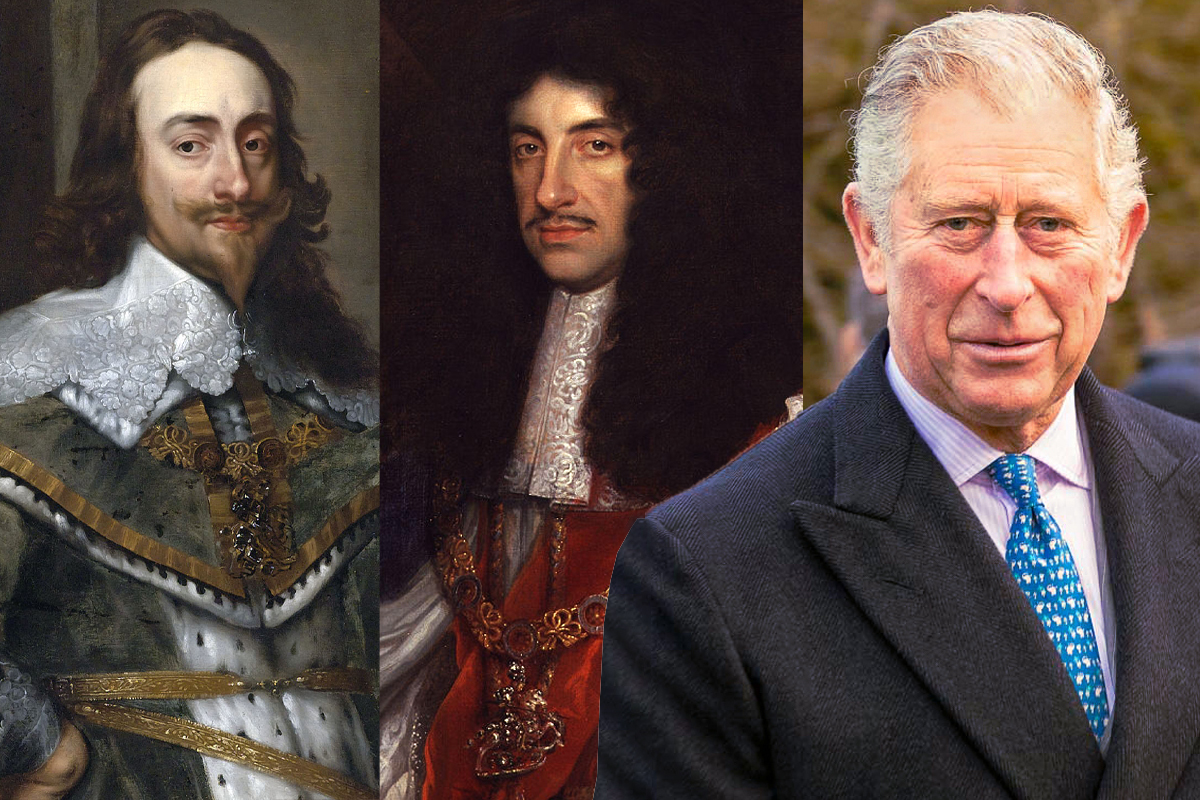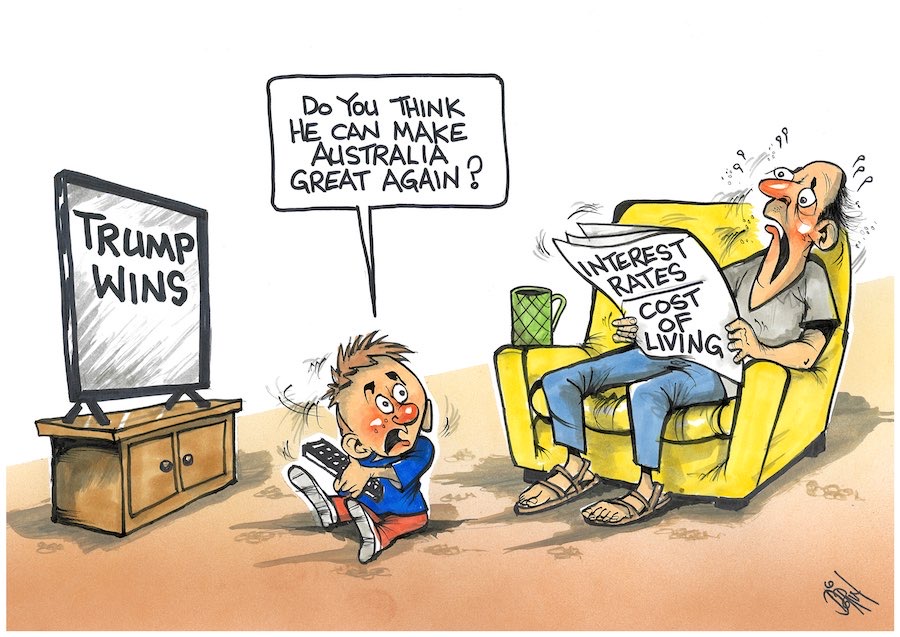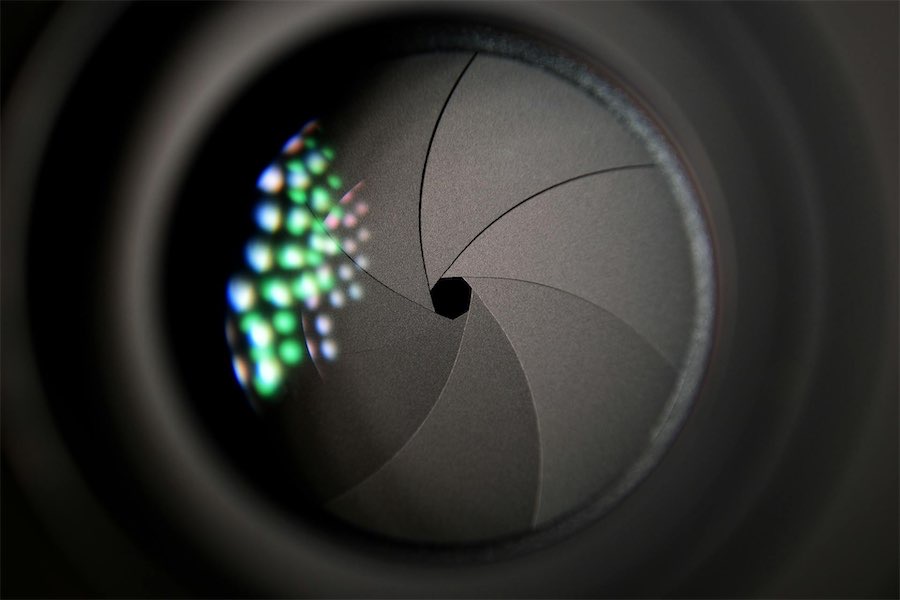
The British subjects of King Charles III are in for a lively time if the reigns of his first and second namesakes are any guide. There’s even a couple of vague parallels with the current occupant of the throne, writes “The Gadfly” columnist ROBERT MACKLIN.

CHARLES I was a corker. As the Prince of Wales in succession to his Scottish father James I, he had an early romance with an 18-year-old aristocrat, the delicious Spanish infanta Maria Anna. But his heart wasn’t in it, and after eight months they called it quits.
Two years later he married princess Henrietta Maria of France. But because of her Catholic background she was denied a coronation and like Camilla became a Queen Consort. However, she produced two bouncing boys who would later succeed to the throne themselves.
Meanwhile, Charles I’s reign, beginning in 1625, went from bad to worse. He truly believed in the divine right of kings and squabbled with Parliament over his tax policies and his refusal to send aid to the Protestants fighting the 30-year-war in Europe.
The quarrel became so intense that by 1642 the Parliamentarians rose against him in a Civil War that saw his forces defeated three years later. In 1649, he was tried, convicted and executed for high treason. The monarchy was abolished and England itself became a Republic!
However, the Scots had a taste for their royal line and they remained loyal to his son Charles II for another two years until the Republican leader, Oliver Cromwell, cleaned them up at the Battle of Worcester. Whereupon Charles II fled to Europe finding sanctuary in various Catholic boltholes in France and the Spanish Netherlands.
Cromwell became the dominant figure in the Republic, leader of the New Model Army (the “Ironsides”) and in 1653 was named Lord Protector, backed by the Protestants. When he died in 1658, aged 59, the British love of heredity brought his son Richard the trappings of power as the new Lord Protector.
Alas, Dicky Cromwell was not up to the task. A gentle soul, he tried to mediate between the army and the parliamentarians and even allowed many disaffected royalists to take their seats at Westminster.
But when word spread that his people were about to prosecute an army officer for some slight against a royalist, Dicky went to water and renounced his position after only nine months in the chair.
This was the cue for Charles II’s Scottish supporters under Gen George Monck to storm south and the republican army melted away. In 1660 the line of Stuart royal succession was restored. However, Charles II was almost as high-handed as his father and by 1681 he had dissolved Parliament and ruled alone.
He’d married a Portuguese princess, Catherine of Braganza, but though he had at least 12 illegitimate children from his many mistresses, none would be conceived with Catherine. So when “the Merry Monarch” departed his mortal coil in 1685, his kid brother James II took over.
It would be quite some time – and several houses of succession later – before the current Saxe-Coburg-Gotha family changed their name in 1917 to Windsor. But why, we must wonder, did Elizabeth and Philip choose to call their little sausage Charles? Surely they knew of the republican imbroglio of his namesake predecessors.
Of course, he could always follow multiple precedents and change his name to whatever he wished. No doubt he’d appreciate some suggestions from the gang Down Under. The possibilities are endless… Barry? Trevor?…
Who can be trusted?
In a world of spin and confusion, there’s never been a more important time to support independent journalism in Canberra.
If you trust our work online and want to enforce the power of independent voices, I invite you to make a small contribution.
Every dollar of support is invested back into our journalism to help keep citynews.com.au strong and free.
Thank you,
Ian Meikle, editor




Leave a Reply